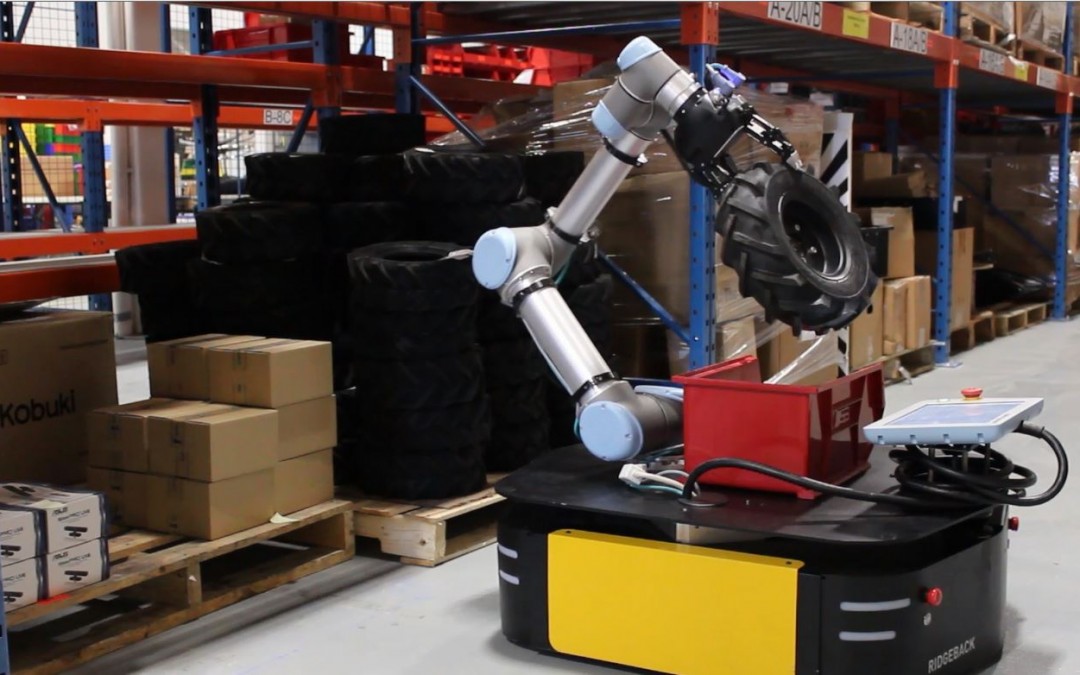|
In today's era of unprecedented data availability, organizations across diverse sectors are increasingly relying on predictive modeling to gain insights and make informed decisions. Predictive modeling, a branch of machine learning, enables businesses to harness the power of data to forecast future outcomes, identify patterns, and optimize strategies for success. At its core, predictive modeling leverages historical data to build statistical models that can predict future events or behaviors. These models use algorithms to analyze vast amounts of structured and unstructured data, including customer preferences, market trends, and historical performance. By identifying key variables and relationships within the data, predictive models provide valuable predictions and actionable recommendations. Predictive modeling finds applications in various areas, such as finance, healthcare, marketing, and risk management. In finance, it helps banks and investment firms predict market trends, assess creditworthiness, and manage risks. Healthcare organizations utilize predictive models to forecast patient outcomes, detect disease patterns, and optimize treatment plans. In marketing, predictive modeling aids in customer segmentation, targeted advertising, and personalized recommendations. Moreover, predictive modeling plays a crucial role in risk management by predicting fraudulent activities, identifying potential security breaches, and mitigating losses. The process of developing a predictive model involves several steps. First, the problem statement is defined, along with the relevant data acquisition strategy. Next, data preprocessing techniques like data cleaning, normalization, and feature engineering are applied to ensure the quality and suitability of the data. Then, a suitable algorithm is selected based on the nature of the problem and available data. Popular algorithms include linear regression, decision trees, random forests, and neural networks. Once the model is built, it undergoes training, validation, and testing using historical data. This iterative process allows the model to learn from past patterns and improve its accuracy over time. After successful validation, the model is deployed in a production environment, where it continuously analyzes new data and generates predictions or recommendations. The benefits of predictive modeling are manifold. By leveraging historical data and advanced algorithms, organizations can optimize resource allocation, enhance operational efficiency, and minimize risks. Predictive models enable businesses to identify growth opportunities, forecast demand, and make strategic decisions based on data-driven insights. Moreover, they facilitate personalized experiences for customers by tailoring products, services, and recommendations to individual preferences. However, predictive modeling also poses certain challenges. The accuracy of predictions depends heavily on the quality and relevance of the data used for training. Biases present in historical data may be perpetuated in the models, leading to potential ethical concerns. Additionally, the interpretation of complex models like neural networks can be challenging, making it difficult to explain the reasoning behind predictions. In conclusion, predictive modeling represents a powerful technology that enables organizations to leverage their data assets for competitive advantage. With its ability to forecast future events, identify patterns, and optimize strategies, predictive modeling has become an indispensable tool across industries. As organizations continue to invest in data-driven technologies, predictive modeling will play a pivotal role in unlocking the potential of data and driving innovation in the digital age.  |
